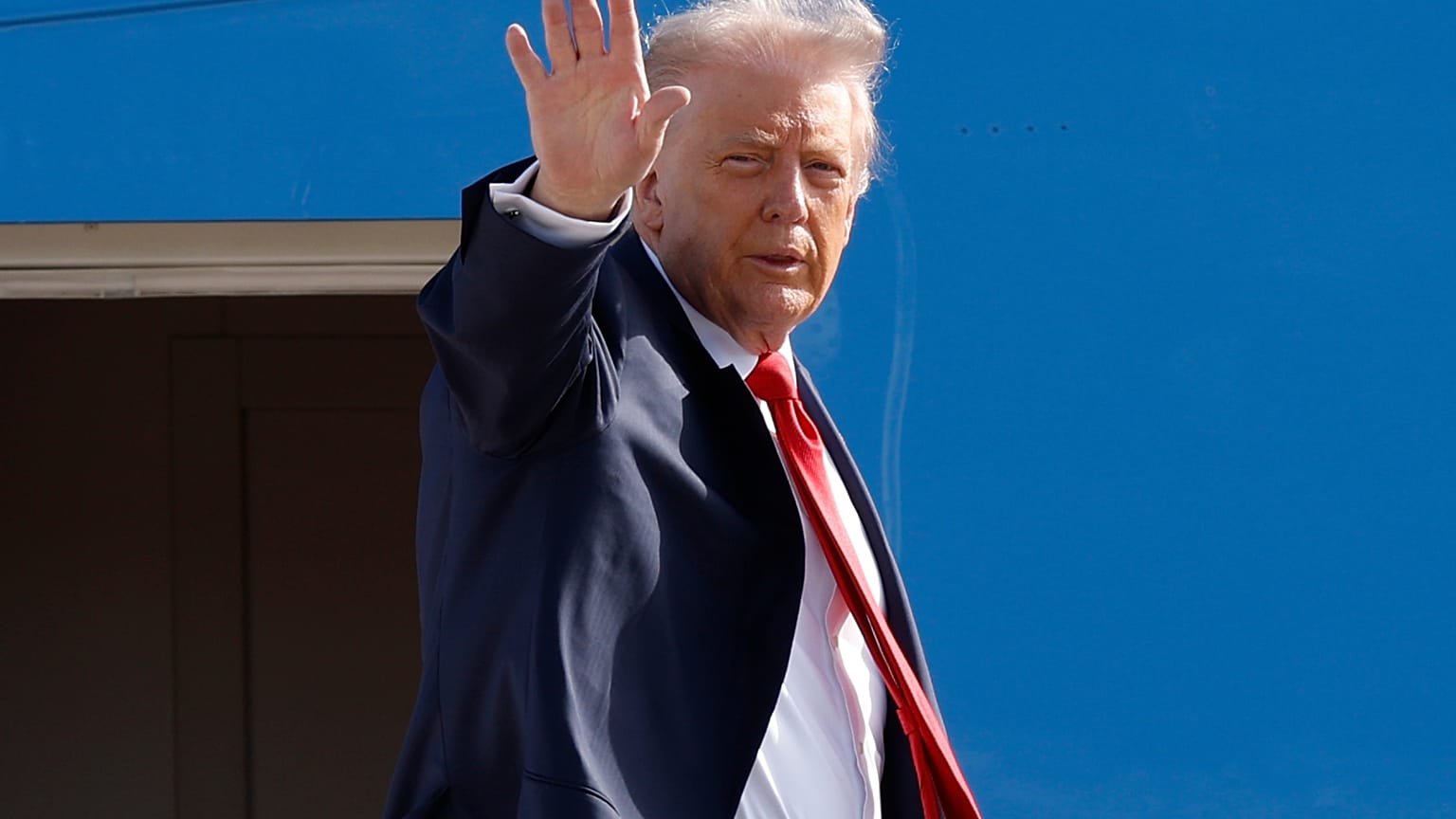With the political climate in the United States becoming progressively more strained, ex-President Donald Trump is once again the focal point of heightened conjecture and tactical planning, carrying both immediate and future ramifications for his political aspirations. Although current focus is on the impending verdict anticipated prior to Tuesday’s elections, Trump’s perspective has already moved past the immediate present — towards the midterm contests of the following year, which have the potential to reshape his standing within the Republican Party and the wider national arena.
Trump’s expectation prior to the judgment
The atmosphere surrounding Trump’s current legal and political situation is one of anticipation and calculation. Allies and critics alike are watching closely as a verdict looms, potentially shaping not only his personal standing but also the momentum of candidates aligned with his movement. Those in his inner circle have described this period as a delicate balance between public defiance and private planning, with Trump using every development to energize his base while quietly preparing for what comes next.
For Trump, the period preceding Tuesday’s polls represents a crucial examination of his enduring sway within the conservative political landscape. A positive result might reinforce his assertions of political fortitude and confirm his command over Republican voter opinion. Conversely, any adverse development—be it legal or electoral—could necessitate a strategic reassessment, especially as he contemplates how to maneuver within a party still sharply split between unwavering supporters and new, more pragmatic viewpoints.
The timing of the verdict, coinciding with key state and local races, underscores how Trump’s personal fortunes and the party’s electoral prospects have become deeply intertwined. Republican candidates across the country are watching carefully, aware that any shift in Trump’s standing could either strengthen or complicate their campaigns, depending on the political leanings of their constituencies.
Initial attention on the upcoming year’s congressional elections
Even with the uncertain resolution of his current legal battles, Trump’s focus is increasingly shifting towards the upcoming midterm elections slated for next year. Individuals connected to his campaign have observed that strategic discussions are already in progress, aimed at pinpointing candidates who closely resonate with his political identity and discourse. This forward-thinking approach underscores Trump’s persistent ambition to mold the trajectory of the Republican Party—not just as a former head of state, but as its foundational ideological figure.
The midterms represent more than just another round of congressional contests; for Trump, they offer a proving ground for his continued relevance. His endorsements, rallies, and fundraising capabilities remain potent tools in shaping the political fortunes of both loyalists and swing candidates. Early indicators suggest that Trump intends to deploy his influence selectively, backing contenders who can carry forward his populist message while avoiding races where his involvement might provoke backlash.
At the same time, the Republican Party’s leadership confronts a recurring dilemma: how to reconcile Trump’s sustained popularity with the imperative to expand the party’s attractiveness to moderate and independent voters. Certain strategists contend that his involvement in the electoral campaign could boost participation in crucial areas, whereas others are concerned that his divisive persona might deter swing voters. These internal conflicts are expected to shape the party’s internal workings as midterm preparations intensify in the coming months.
A faction split yet interconnected
Donald Trump’s impact persists within the Republican Party, influencing its direction and core principles. Despite a continuous stream of contentious events, few individuals have managed to secure such widespread allegiance among conservative voters. However, deep ideological rifts still exist beneath this apparent unity. Certain Republican figures have attempted to move away from the former president’s aggressive approach, focusing instead on policy-centric initiatives and practical alliances. Conversely, others maintain their support for his confrontational rhetoric, believing it crucial for sustaining the party’s grassroots energy.
This internal split presents both opportunities and risks. Trump’s dominance ensures that his endorsement remains a coveted asset in primary contests, often determining which candidates emerge victorious. However, the general elections that follow frequently expose the limitations of his influence, as swing voters and suburban constituencies remain wary of his rhetoric. Navigating this dynamic will be critical for Republicans seeking to regain congressional control while avoiding the pitfalls of overidentification with the former president.
For Trump himself, staying pertinent demands more than just reminiscing about past triumphs. His staff has been diligently refining communication approaches, emphasizing topics like economic revitalization, border integrity, and cultural heritage—all of which continue to resonate strongly with conservative constituents. Concurrently, their objective is to depict Trump as both a target of political oppression and a staunch advocate for everyday Americans, a dual image that has consistently mobilized his base despite persistent legal challenges.
The broader political stakes
The upcoming months will probably indicate if Trump can transform his individual support into enduring political influence. His capacity to influence the results of the midterm elections will act as an indicator of his potential for the subsequent presidential term and as an assessment of whether his populist approach can adapt within a swiftly evolving voter base.
Political analysts suggest that the upcoming elections will also serve as a referendum on the broader direction of the Republican Party. If Trump-backed candidates perform strongly, it could cement his grip on the party’s future and discourage potential challengers. Conversely, if moderate or independent-aligned Republicans gain ground, it might signal the beginning of a gradual shift away from Trump’s orbit.
Beyond the party’s internal dynamics, the implications extend to the national political landscape. Democrats are preparing to frame next year’s midterms as a choice between stability and chaos, positioning Trump’s continued involvement as a liability for the opposition. Meanwhile, independent voters—whose support often determines election outcomes—are likely to weigh questions of character, accountability, and governance as they consider whether the Trump era should continue to define American politics.
Gazing at the future
For Donald Trump, the coming months represent both a challenge and an opportunity. The impending verdict will undoubtedly shape the narrative surrounding his leadership and legacy, but the midterm elections may ultimately determine whether he remains a dominant force or begins to fade into the background of political memory.
Regardless of the outcome, Trump’s ability to capture attention and influence discourse remains unparalleled. His strategic focus on next year’s midterms signals not a retreat but a calculated effort to position himself—and his allies—for another pivotal moment in American politics.
The intersection of legal battles, electoral strategy, and party identity ensures that Trump’s role in shaping the near future will be anything but passive. As he awaits the verdict that could alter his personal trajectory, his vision for the Republican Party—and for himself—continues to evolve, blending ambition with resilience in a political environment defined by uncertainty.
What unfolds from this juncture will not merely dictate the subsequent phase of Trump’s political career but also illustrate the profound extent to which his impact persistently molds the course of American conservative thought in the future.
:format(jpg)/f.elconfidencial.com%2Foriginal%2Fb4b%2F704%2F3a9%2Fb4b7043a96f4f72460b218db5912e73f.jpg)

